Forensic Botanist Dr Mark Spencer’s Lindley Late lecture reveals an enthralling insight into a career helping the police to track down killers, find victims and solve crimes
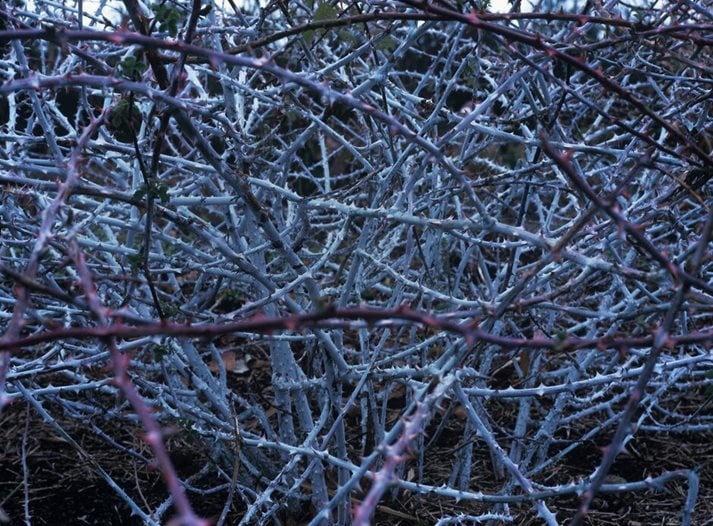
How can a soil sample place a suspect at the scene of a crime? Might a toxic plant be the cause of death? How could a bramble bush be the key to an unsolved mystery? For anyone with an interest in horticulture and true crime, Dr Mark Spencer’s visit to the Lindley Library in August was an eye-opening opportunity to delve into a little known field.
Plants can tell a story
Dr Spencer began by outlining his career and explaining how a botanist’s skills can be invaluable to police, in narrowing down possible search areas when looking for bodies. A trained botanist is able to quickly establish if an area of ground has been disturbed, saving the police valuable time and resources. Examination of stomach contents can give an insight into the deceased’s final hours and even how they died.
Where it needs to be found out how long a body may have been in an area, plant growth can establish a timeline. Dr Spencer highlighted brambles as being particularly useful as their rapid growth can indicate how long a body has been there, based on how overgrown the area is with brambles, acting as a ‘vegetable calendar’ as Dr Spencer calls them.
A famous case of forensic botany
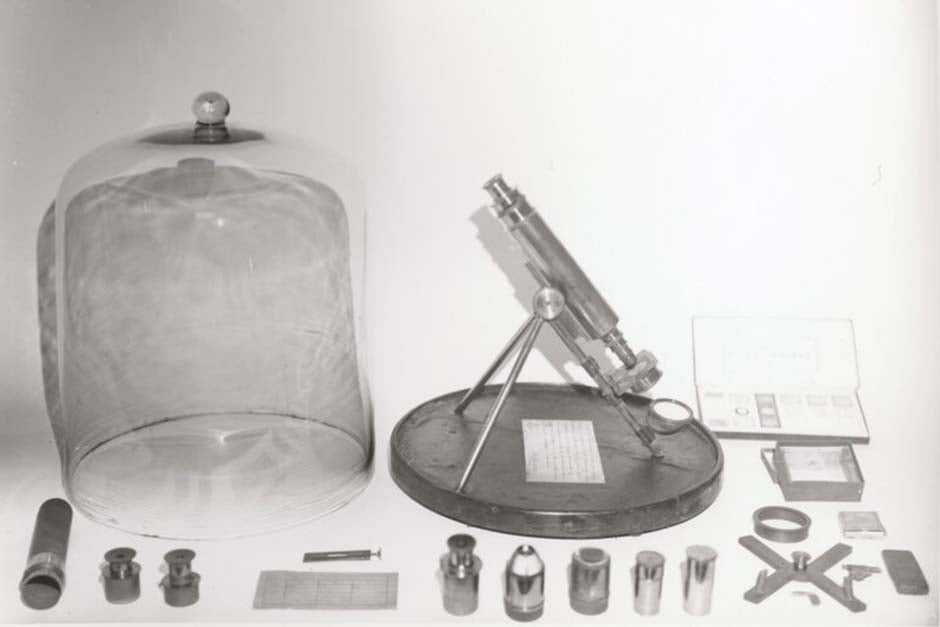
Delving into the history of the little-known specialism, Dr Spencer outlined the fascinating and infamous case of the missing Lindbergh baby in 1932, and the part forensic botany played in catching the kidnapper.
“One of the few elements of the case, which has withstood the conspiracy theories is the botanic forensics” - Dr Mark Spencer
A handmade ladder that had been used to climb into the nursery and take the baby was found at the scene, and given to Arthur Koehler – an expert in wood forensics. Through studying the structure of the wood and the marks left by tools, he managed to trace the wood used in the ladder to a single lumberyard, and was able to prove that a missing floorboard from the accused’s attic matched one used in the ladder. The evidence played a significant role in securing the conviction.
How to become a Forensic Botanist
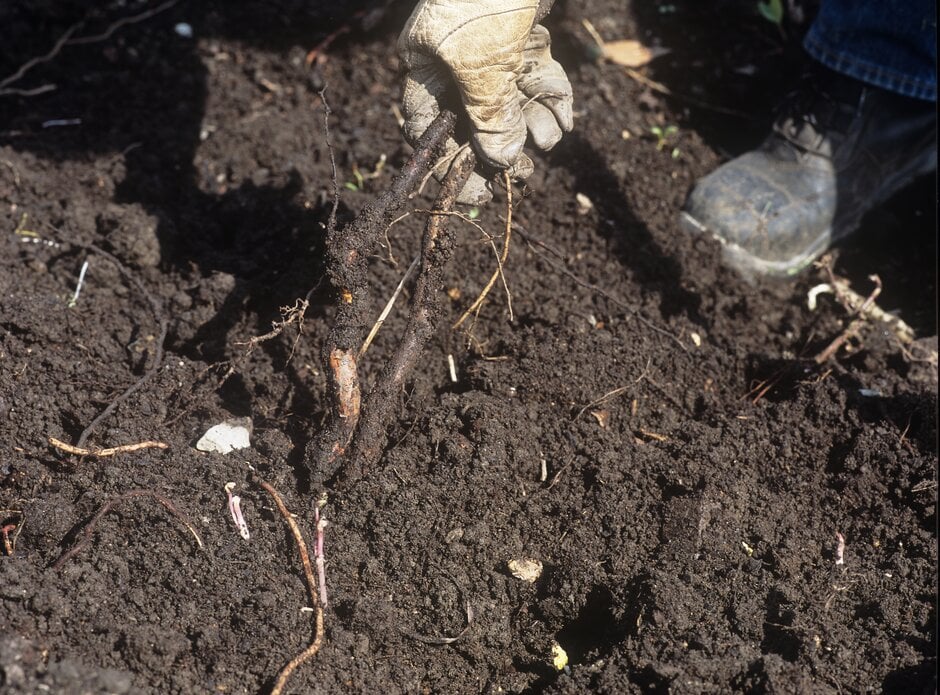
“There’s no professional route,” says Dr Spencer, “I’ve never learned or been trained formally. Forensic botany is very much a niche world; there are only two or three of us in the UK who do essentially what I do, and probably globally less than 50, so it’s a very small service.”
Associated fields
- Soil science
- Entomology (insects)
- Forensic anthropology
- Forensic archaeology
Dr Spencer became involved in the field, ‘purely by chance’, when working for the Natural History Museum he received a call asking for help. The police had found a body by a riverside, it was very heavily decayed and they needed to establish how long it had been there. From the regrowth of vegetation around the body Dr Spencer was able to establish that the person had been in place for approximately six months. That first harrowing, but fascinating, experience was enough to become hooked, and Dr Spencer has now been involved in forensics for 15 years.
Reality vs TV detective shows
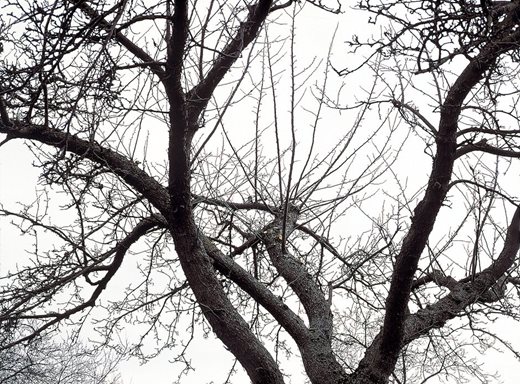
The kind of casework of a forensic botanist is very wide-ranging. While it primarily focusses on murder, attempted murder, violent or sexual assault, there’s also less traumatic areas like arson, burglary, wildlife crime and even taxation law.
Often the work is exhaustingly tedious, the documentation, the paperwork, the custody management is extremely exhaustive, but the accuracy and reliability must be indisputable to pass the scrutiny of a court. Fascinating, physically exhausting, emotionally draining, and at times macabre, though the work is, Dr Spencer ultimately described his uniquely specialised role as ‘an honour’.
“Holding someone’s remains,” says Dr Spencer, “holding their skull in your hands is a deeply intimate and important thing, and I am very honoured to do it.”
Lindley Library’s autumn schedule
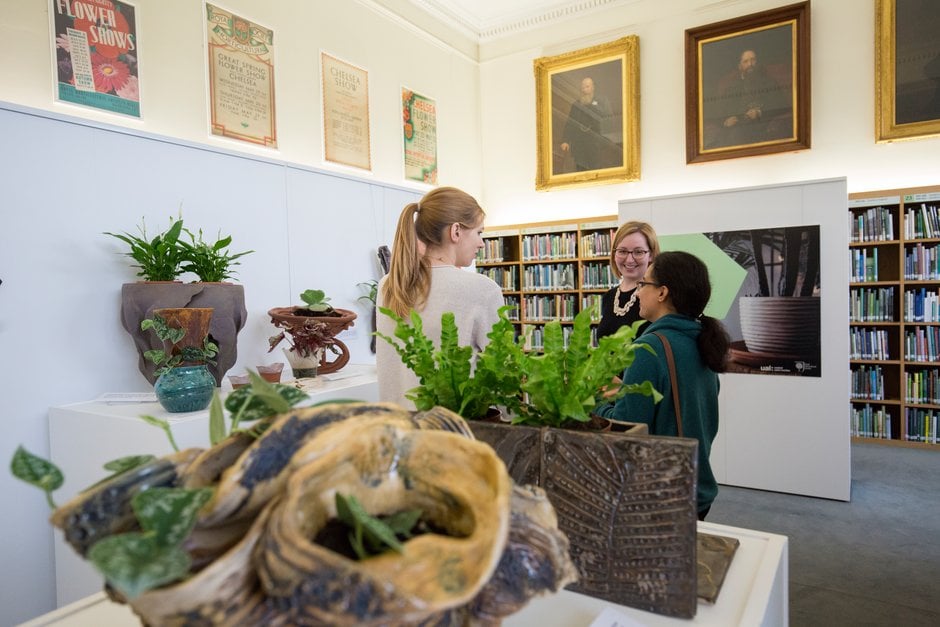
The talk by Dr Spencer was part of RHS Lindley Lates, which, along with Lindley Lives, is held at the Lindley Library in Vincent Square, London, the 200-year-old library at the Edwardian headquarters of the RHS. Anyone can visit the library, and access the extensive digital collection; RHS members can borrow books and conduct research.
A new season of events including exhibitions, book launches, talks and practical demonstrations has been announced for autumn 2023.
Listen to Dr Mark Spencer on the RHS Podcast
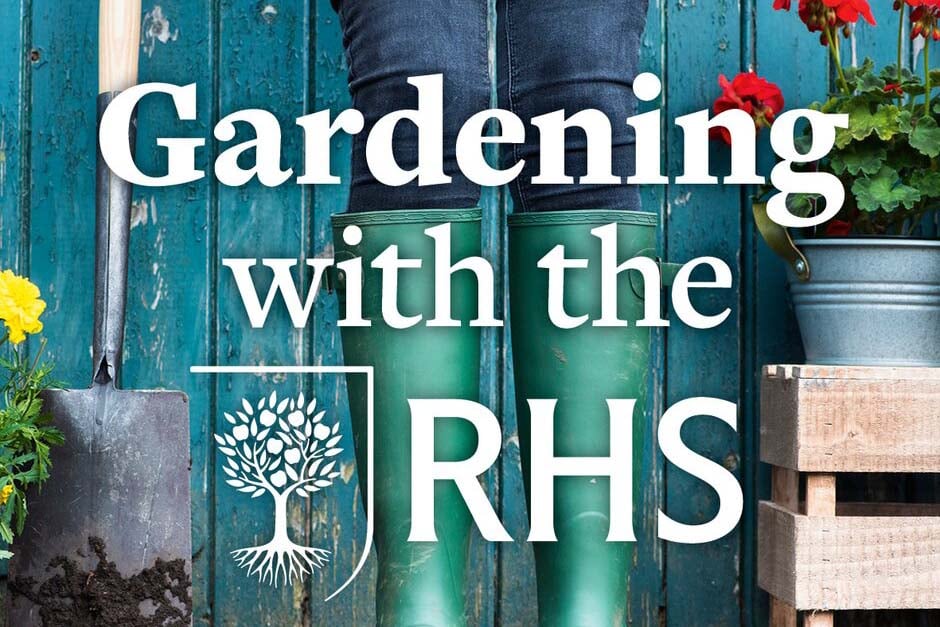
Dr Mark Spencer is an experienced and internationally respected Forensic Botanist, who has worked on various missing person enquiries, murders and other serious crimes. His book, Murder Most Florid: Inside the Mind of a Forensic Botanist is available to buy online and in bookshops.
You may also be interested in...

